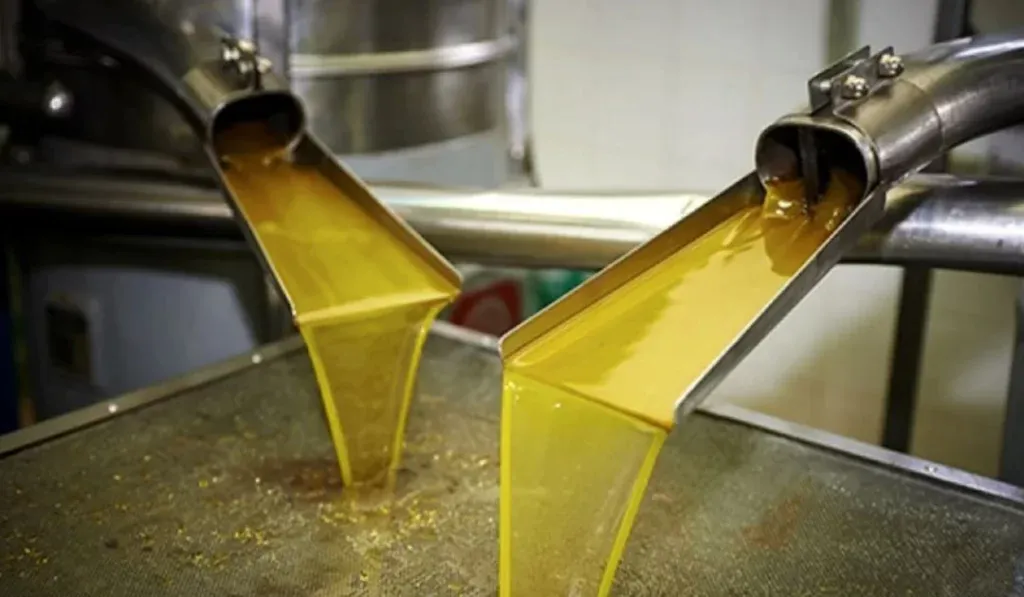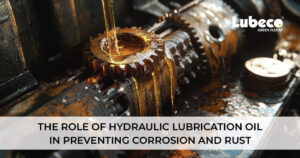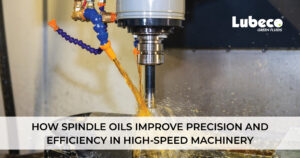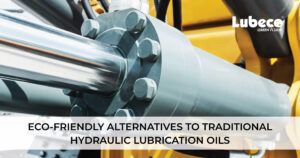Quenching Oils are high-quality oils that have been designed for the heat treatment of ferrous metals in a range of quenching operations. They are designed to harden deeply and uniformly with minimal distortion and cracking for a smooth surface finish.Two main purposes are served by quenching oil. By regulating heat transfer during quenching, it enables the hardening of steel and improves wetting during quenching to reduce the production of unwanted temperature and transformational gradients that could cause increased distortion and cracking.
When is Quenching used?
When enhanced hardness is required, quenching is used. Many applications, such as construction, mining, heavy machinery, military, and so on, necessitate the use of metals with a hard surface. One that can withstand abrasion, scrapes, and collisions. The enhanced hardness from quenching can provide these properties.Steel is the most typically quenched metal, but other materials can be quenched as well. Quenched steel is extremely hard.
Benefits of Quenching Oils:
These oils are used to manage metal quenching in order to increase hardness, ductility, and strength while keeping surfaces clean and free of spots and patches.
- Quenching oil enhances the wetting of the steel during the quenching process, which reduces the formation of unfavorable temperature and transformational gradients, which may cause increased distortion and cracking.
- It can lower the danger of metal cracking and is safer than water or polymer quenching.
- They have excellent heat resistance and are resistant to oxidation.
- They also protect against any micro particles that may become lodged and cause problems like corrosion and cracking.
Types of Quenching Oils:
While there are numerous types of oil used in quenching, two of the most prevalent are fast and hot oils.
Fast oils, as the name implies, cool goods more quickly. They are designed to shorten the vapor stage while increasing the length of the boiling stage. They’re ideal for low-carbon steel and alloys with little hardenability.
At high temperatures, hot oils are utilized to ensure that the core and surface temperatures of a part do not change significantly during quenching. This reduces the possibility of deformation and cracking. While quenching with hot oils takes longer, it results in more uniform cooling over a part’s cross-section. They perform admirably with very hardenable alloys.
How does Oil Quenching work?
Quench oils have two key purposes. They begin by hardening the component by regulating heat transmission during the quenching process. Second, they improve the component’s wetting in order to reduce unwanted situations that might cause distortions and even cracking.
The quenching process is divided into three stages: vapor, boiling, and convection.
- Vapor Stage: When a component is first immersed in quenching oil, it enters the vapor stage. A vapor blanket forms around the component. In this stage, cooling is sluggish, and heat is solely released through radiation through the vapor layer. The only method to accelerate it up is to add additives that increase the agitation of the layer, causing it to disperse faster. Because this stage is responsible for many of the soft patches that occur during quenching, it is advisable to keep it as brief as possible.
- Boiling Stage: The boiling stage follows the vapor stage. The vapor blanket dissolves as it cools, resulting in nucleate boiling. In this stage, heat transport is the fastest. The timing and exact rate of transfer are determined by the molecular makeup of the oil.
- Convective Stage: The convective stage occurs when the temperature at the component-oil contact falls below the boiling point of the oil. Heat transfer is affected by the viscosity of the oil, which is affected by the degree of oil breakdown. The rate of heat transfer is inversely related to oil viscosity, whereas viscosity is proportional to decomposition.
Different Methods of Oil Quenching
- Batch Quenching: A surface hardening method with high automation, higher output, and adjustable process parameter design.
- Press Fixture Quenching: This method involves workpieces that go through oil quenching with significantly less distortion.
- Roll Quenching: It involves a metallic piece being rolled from side to side to ensure uniform cooling. This process can be applied to both large and small pieces of metal.
- Plug Quenching: This process allows you to control the final dimensions of the product, by inserting a plug into the bore that controls dimensions during the hardening process.
Conclusion
Trade-off decisions are involved in quenching, and while the chemistry might be challenging, doing it correctly assures that parts will function as intended. Choosing the proper quenching oil is crucial since heat treating a metal is one of the most significant steps in the metalworking process. It needs to be done properly and aids in the metal acquiring the desired qualities (hardness, strength, elongation, or toughness).Overall, quenching is nothing more than a quick cooling process where the quenching media must be carefully chosen. The strength and hardness of the metal are increased as a result of this heat treatment process.










